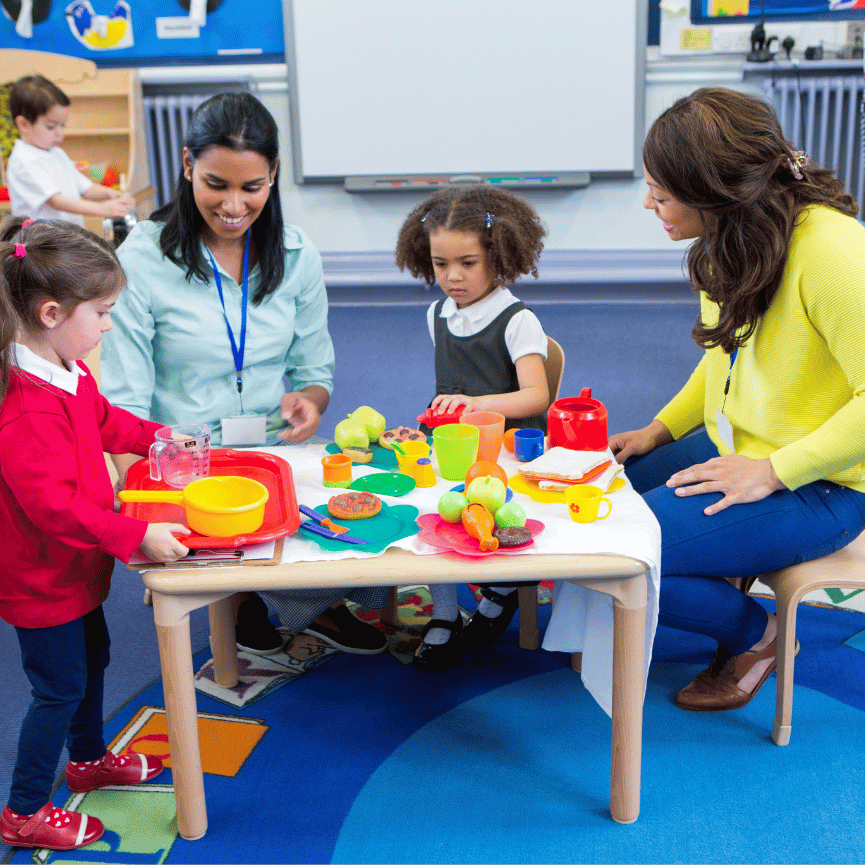
- May 09, 2024
- 184 Views
- 0 Comments
Discover Power Of Sensory-Friendly Learning Environments!
In the realm of education, the commitment to inclusivity has gained tremendous momentum. One crucial aspect of this commitment is the creation of sensory-friendly learning environments that cater to the diverse needs of students. This comprehensive guide explores strategies aimed at fostering inclusivity and optimizing learning experiences for individuals with sensory sensitivities. From classroom setup to curriculum design, we delve into practical approaches that empower educators and institutions to embrace diversity and enhance overall learning outcomes.
Do you want to know what Sensory-Friendly Learning Environments are?
To embark on the journey of creating a sensory-friendly learning environment, it is paramount to understand the various sensory challenges that students may face. Sensory processing issues can manifest in different ways, including hypersensitivity or hyposensitivity to stimuli such as sound, light, touch, taste, and smell. Acknowledging and respecting these differences lay the foundation for implementing effective strategies.
Flexible Classroom Design
One of the key elements in fostering a sensory-friendly learning environment is adopting a flexible classroom design. This involves arranging furniture and classroom materials in a way that accommodates various sensory needs. Considerations such as seating arrangements, lighting, and the use of calming colors can significantly impact the overall comfort of students.
Strategic Use of Lighting and Colors
Lighting plays a crucial role in creating a conducive learning environment. Natural light and adjustable artificial lighting can help mitigate sensory challenges. Additionally, choosing calming colors for classroom walls and materials can contribute to a serene atmosphere, reducing visual distractions.
Noise Control Measures
Sensory-sensitive students often struggle with excessive noise levels. Implementing noise control measures such as acoustic panels, rugs, and soundproofing can create a quieter and more focused learning space. Educators can also utilize noise-canceling headphones or offer quiet corners for students to retreat when sensory overload occurs.
Tactile Accommodations
Addressing tactile sensitivities involves providing alternatives for seating and writing tools. Offering a variety of seating options, such as fidget tools or flexible seating arrangements, allows students to choose what works best for them. Additionally, incorporating sensory-friendly writing tools, like pencil grips or textured paper, caters to diverse tactile needs.
Visual Supports and Schedules
Visual supports, such as schedules and instructions, can greatly benefit students with sensory sensitivities. Clear and visual schedules help create predictability, reducing anxiety. Visual cues can also be used to convey instructions, making information more accessible to students who may struggle with verbal communication.
Inclusive Curriculum Development
An essential aspect of creating a sensory-friendly learning environment is adapting the curriculum to meet diverse learning needs. Incorporating multi-sensory teaching methods, offering alternatives for assessments, and providing additional resources for different learning styles are pivotal steps in promoting inclusivity.
Teacher Training and Awareness
Educators play a central role in the success of sensory-friendly learning environments. Comprehensive training programs that increase awareness of sensory challenges and equip teachers with effective strategies can make a significant impact. Building a culture of empathy and understanding within the school community contributes to a more inclusive atmosphere.
Collaboration with Parents and Caregivers
Establishing open lines of communication with parents and caregivers is essential. Collaborative efforts between educators and families can provide valuable insights into individual students' needs. Regular communication ensures a unified approach to support students both at school and at home.
Creating sensory-friendly learning environments is not a one-size-fits-all endeavor. It requires a commitment to understanding the unique needs of each student and implementing a combination of strategies that foster inclusivity. By embracing flexibility in design, curriculum, and teaching methods, educational institutions can truly become spaces where every student can thrive. As we continue on the journey toward inclusivity, the positive impact on students' well-being and academic success becomes increasingly evident. Together, let us build educational environments that celebrate diversity and empower every learner.



Comments - 0 comments till now